Utilising Archetypes To Maximise Your Casting Potential.
If you’re an actor looking to master your craft, I’m sure you would have heard the words ‘Archetypes’ and ‘Branding’ floating around the industry recently. There is a lot of attention placed on authentic transformation in a performance, so much so that there are whole awards dedicated to it, and those key words; Archetype and Branding, help actors utilise the tools effectively approaching their character authentically.
Table of Contents:
- Introduction
- What IS an Archetype?
- Analytical examples of branding in headshots
- Strategies to understand your unique branding:
- Helpful resources
- Book your headshot with me directly
Introduction
Archetypes aren’t just recognisable on your favourite streaming network however. They also play a huge role before you book the role. The way us as humans view each other is totally based on branding; energy, archetypes, vibe, whichever word you wish to use to describe it. Analytical judgement of character happens everywhere – which is why having a headshot dedicated to your individual branding is so crucial in helping book the perfect role for you. Dare I say it, but the phrase “don’t judge a book by it’s cover” is completely irrelevant, now more than ever, especially when talking about first impressions on a casting basis, because we do judge books by their covers, and it’s time we take advantage of this.
So how can you understand your branding better? Let’s dig a little deeper into what an Archetype is, and how you can best be utilising archetypes to maximise your casting potential.
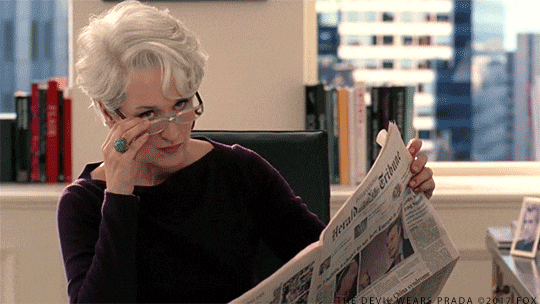
What IS an ‘Archetype’?
In the Archetype sphere, there are twelve totally unique but easily understandable Archetypes commonly found in any real-life environment, and most notably on television screens. TV loves to abuse these archetypes and once you notice the formula, every show will always look the same. These twelve archetypes are general descriptions [fictional or real-life] of a person’s character, and the energy present. I’m going to name some of the archetypes below and include a fictional scenario of who you might be able to see fitting those brandings:
Danny DeVito in the 2006 Christmas classic, ‘Deck The Halls’, vs Matthew Broderick in the same film. Compare Broderick’s performance to his iconic role as Ferris Beuller’s Day Off, and you’ll see how the same actor can play two totally different archetypes. Or perhaps Meryl Streep’s contrast between her roles in ‘Julie & Julia’, and ‘The Devil Wears Prada’. How about Simu Liu’s performances as a Marvel superhero in ‘Shang-Chi’, to a plastic Ken doll in ‘Barbie’.
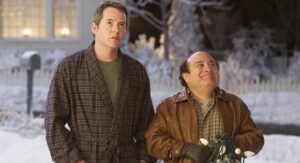
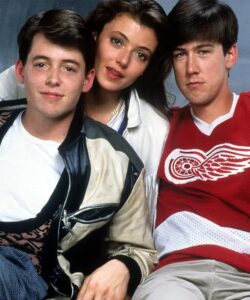
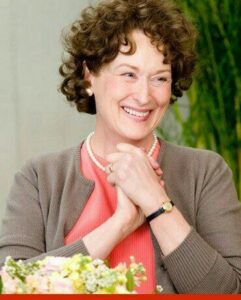


I’m sure upon reflection of these examples, you can agree that there is certain branding involved in any show or character arc, and that critical Archetype specificity is what makes these characters so iconic.
Here’s the kicker. Whether you like it or not, the way we look, present, speak, post online, and perform, are all ways in which our branding is viewed to an audience. Very quickly, it’s obvious to a viewer what category we might fit into. This is crucial when submitting to jobs, applying for roles, auditioning with casting directions, and most importantly, submitting your headshot. You want to be able to say confidently the exact branding you represent, and the energy you will bring to a role. And although it’s important to feel strong, confident, and sexy in a headshot, let me tell you this:
Your headshot is designed to book jobs. Not dates.
Updating your social media profile images are of course important. Don’t get me wrong, my mum loves a good kodak print on the kitchen fridge at home. But the most important reason you’re paying big bucks for a headshot, is to be cast in your next big role. These are portraits with a purpose. Don’t get it confused.
Especially in this rapidly developing digital age, it’s important to remember that your first-impression is the basis that supersedes any performance ability. Because if you don’t look like the archetype of the role you’re auditioning for, how will you even get accepted into the room?
Analytical examples of branding in headshots:
A Psychological Science report from Eric Wargo says that:
“it only takes a tenth of a second to form an impression of a stranger from their face,” – Eric Wargo,
With this in mind, it’s about time we take matters into our own hands, and present the casting panel a headshot with specificity in our branding.
I’m going to show you some examples of recent clients who did the homework, discovered their potential in archetype branding, and came into the headshot session prepared and roaring with clear direction.
The first example is of a close friend, colleague, and client of mine – Musical Theatre performer, Hamish Johnston.
Hamish worked on Harry Potter And The Cursed Child in Melbourne for years, and recently in the Australian and International tours of Miss Saigon with Opera Australia, GWB Entertainment, GMG Productions, and Base Entertainment. Phew, what a list! He has attained consistent employment in music theatre for almost six years, and the roles he has had to play have varied from show to show. Hamish recently had a headshot session with me, and we achieved these recognisably contrasting branding options.
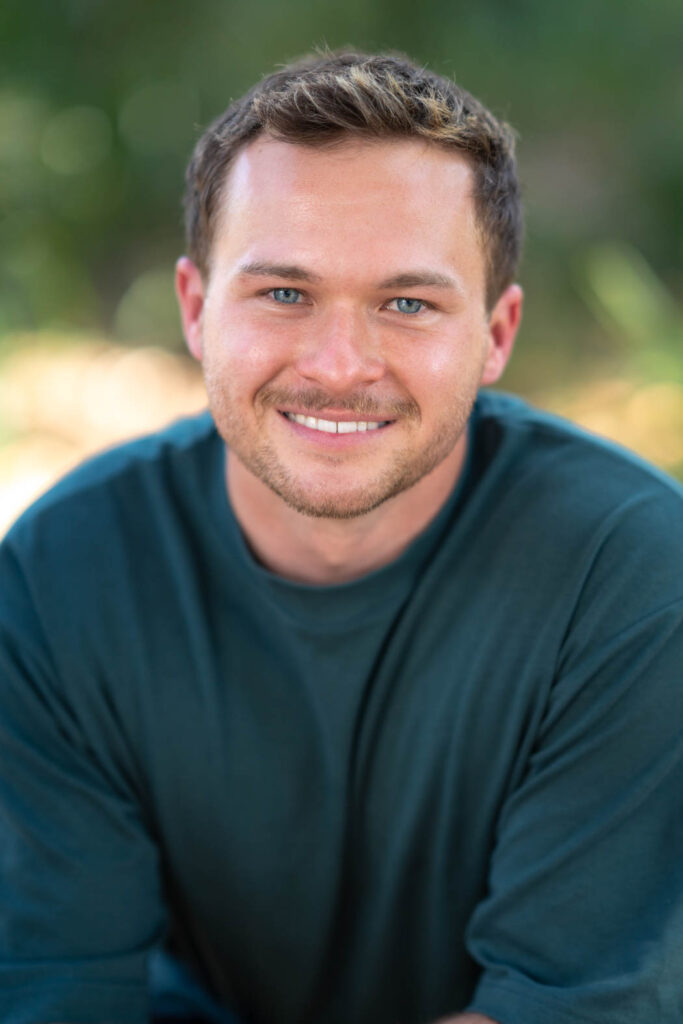
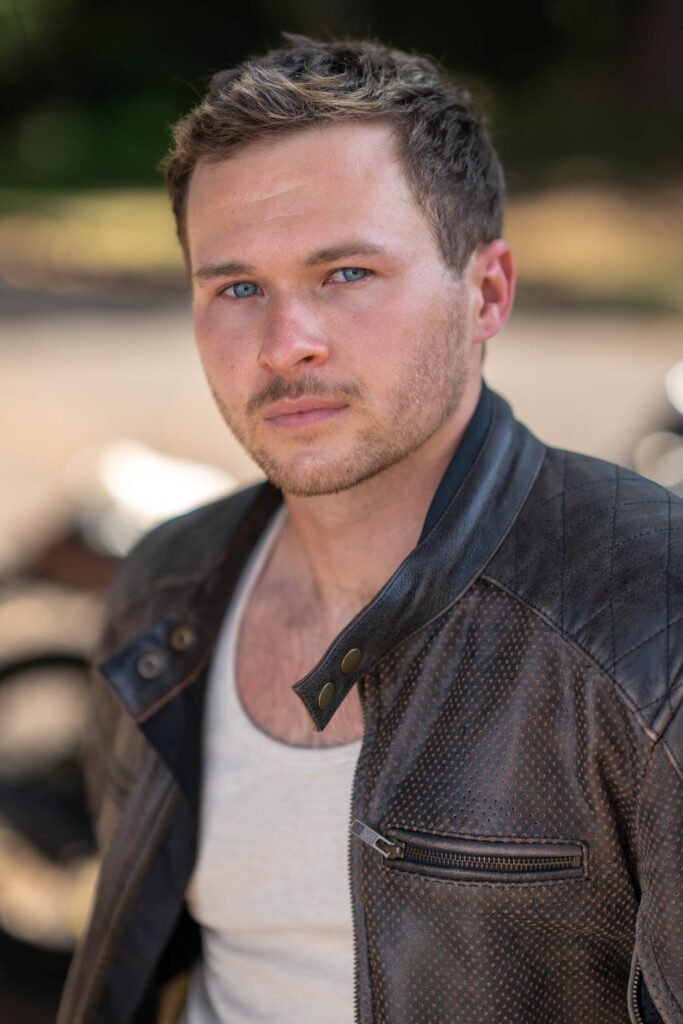
It’s true that both of these headshots present strong, contrasting character options. It’s equally true that these photos also still remain true to who the artist is, without withholding his ability to present casting a strong branding and archetype. These subtle yet effect options to your portfolio are critical in harnessing a diverse portfolio to be suitable across multiple opportunities – of which once you do your research, you’ll know what they are. The tips for this come at the end of this article.
Strategies to understand your unique branding:
I’m going to share with you a secret, that only you [and the small percentage of people who read this far] will ever get to hear – sometimes it can work to your benefit to be objectified. In fact, it’s recommended that you get down to the nitty gritty and understand your branding to allow yourself to strategically analyse the parts of you that make you unique. Because there’s so many people auditioning for the exact same role that you are, the most important thing you can do as a competing actor, is to break down exactly what you can bring to the role, and allow casting to creatively critique your decisions to see if they best match their intentions.
There is a saying that I’m sure you’ve heard of in the industry – “Strong and wrong”, but what you may not have heard is the quote in full: “Strong and wrong beats weak and right” [Bill Clinton, 2004]
When I lead a headshot photoshoot, I try to preface every session by saying “Bold offers are always accepted, and if there’s anything that makes you feel uncomfortable, let me know.” What better way to explore your image and archetypes safely than having the liberty to play in a headshot photoshoot freely! In each session, I usually find on average that we capture 200-400 images. About 100 of these are great, 40 are excellent, 10 are incredible, and then from that, we pick the winners that go on to being your new branding portfolio. A hit rate of 1% you might think is incredibly low, but ultimately, it means we create 100x more chances exploring your branding through different poses, expressions, energies, and outfits, than if we didn’t try anything at all.
Saying this, once you have done the homework and analysed yourself as much as you would some random audition material you’ll forget about in five days, you will finally understand how powerfully effective it is to view your own image and offerings in such an objective way.
Helpful resources:
I’m going to give you a six step formula that will change your audition game for the rest of your career. Are you ready to take yourself seriously and invest in your branding?
- Complete this archetype quiz right now:
https://www.psychologistworld.com/tests/jung-archetype-quiz - There’s a secondary quiz I want you to take, it’s called the ‘16 Personalities Test’ and will help you understand your inner branding and energies as a performer:
https://www.16personalities.com/ - Book in a headshot session with me right now through my easy to use online system.
https://app.studioninja.co/booking/PastelPortraits-HeadshotBooking - Use what you learnt in the above quizzes and apply it to the way you conduct yourself in front of the camera [remember – portraits with a purpose]
- Blow away every casting panel with your unmatched self-assertion, and in-depth understanding of exactly what bring to a role.
- Win a Tony, a Golden Globe, an Oscar, and include me in your speech.
It’s honestly that easy. And truly, understanding your own branding is so important for your own self development as an artist too – whether you’re a film actor, stage actor, music theatre artist, dancer, musician, writer, director, producer, you name it, it’s beneficial.
Now you know how to understand and ways to utilise archetypes to maximise your casting potential, you should now read other steps you can take to ensure you look and feel great on the day of your headshot booking. Read my next guide ‘How To Prepare For Your Headshot Photoshoot | An Actor’s Complete Guide‘ now and apply the principles to help maximise your success on your headshot day.
If this article resonated with you, take immediate action now and book in a headshot session with me. The link to my online booking system is easy to use and can be found here:
https://app.studioninja.co/booking//PastelPortraits-HeadshotBooking